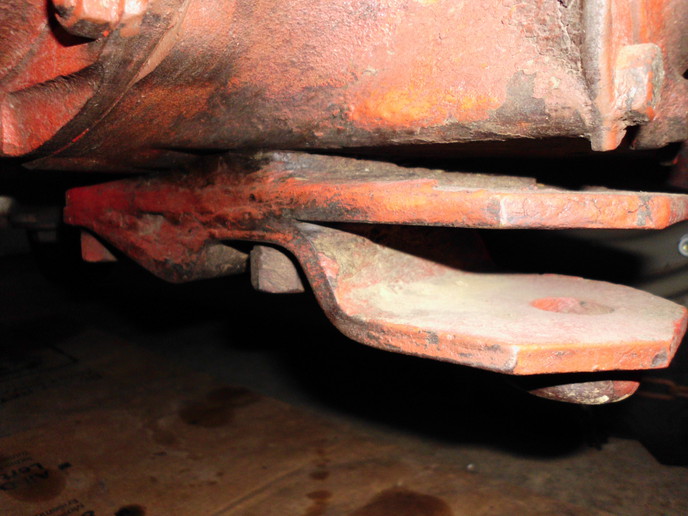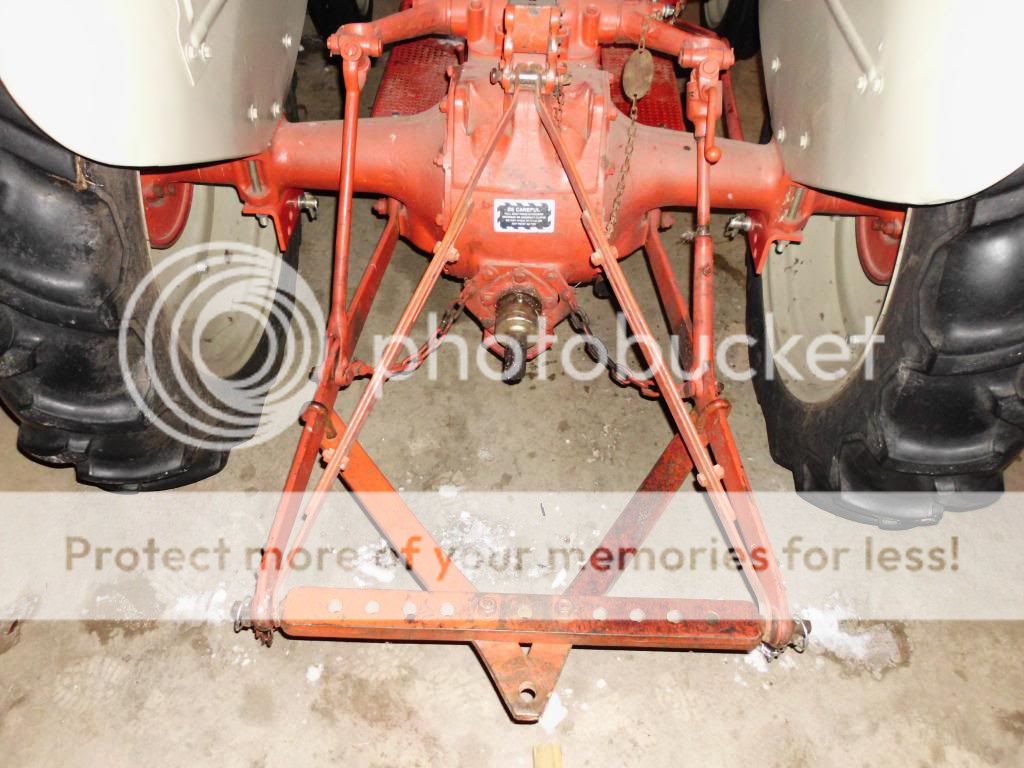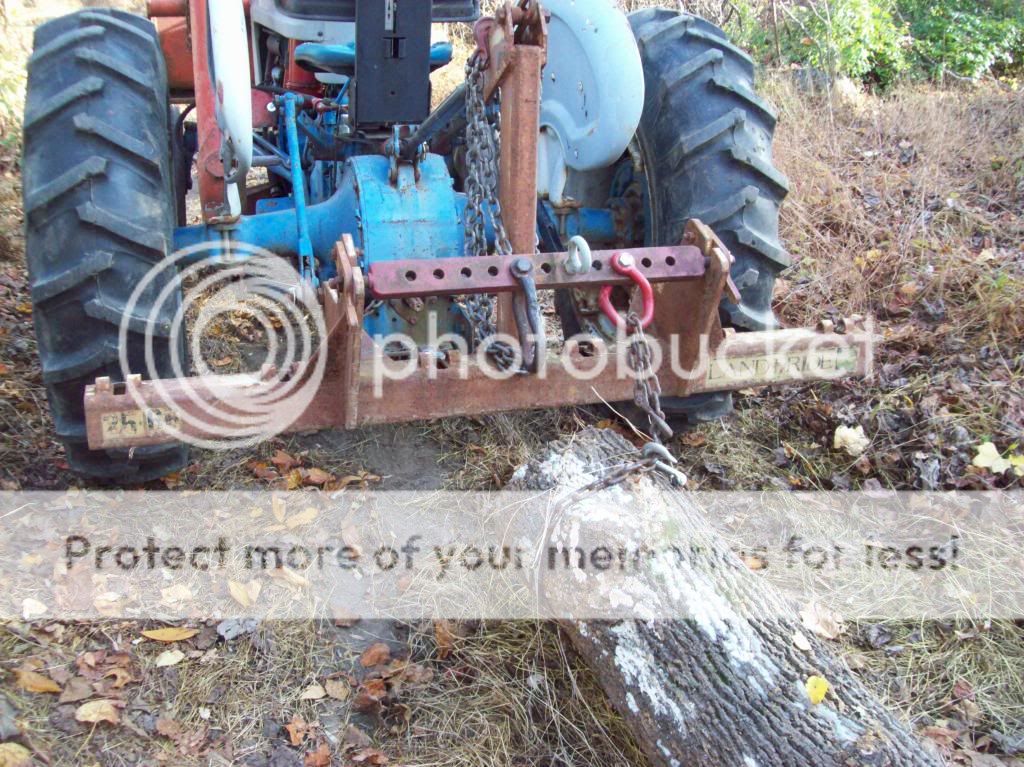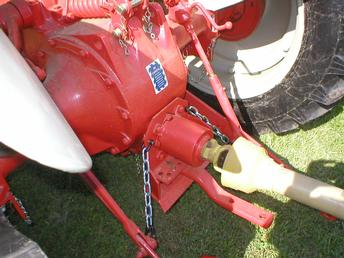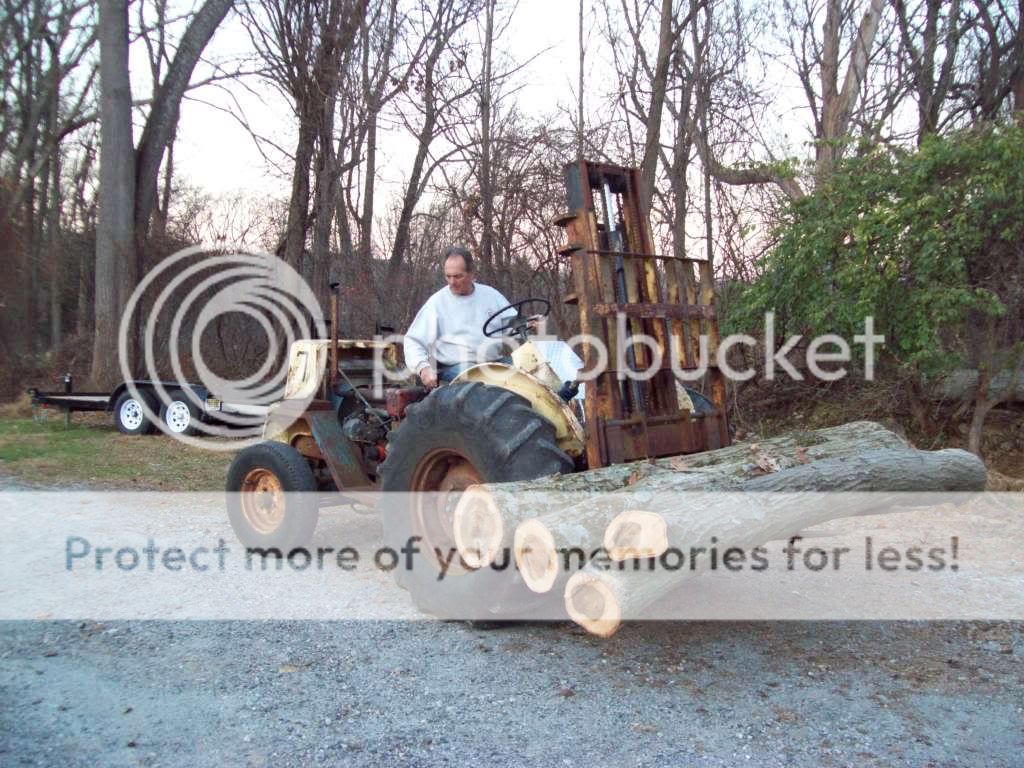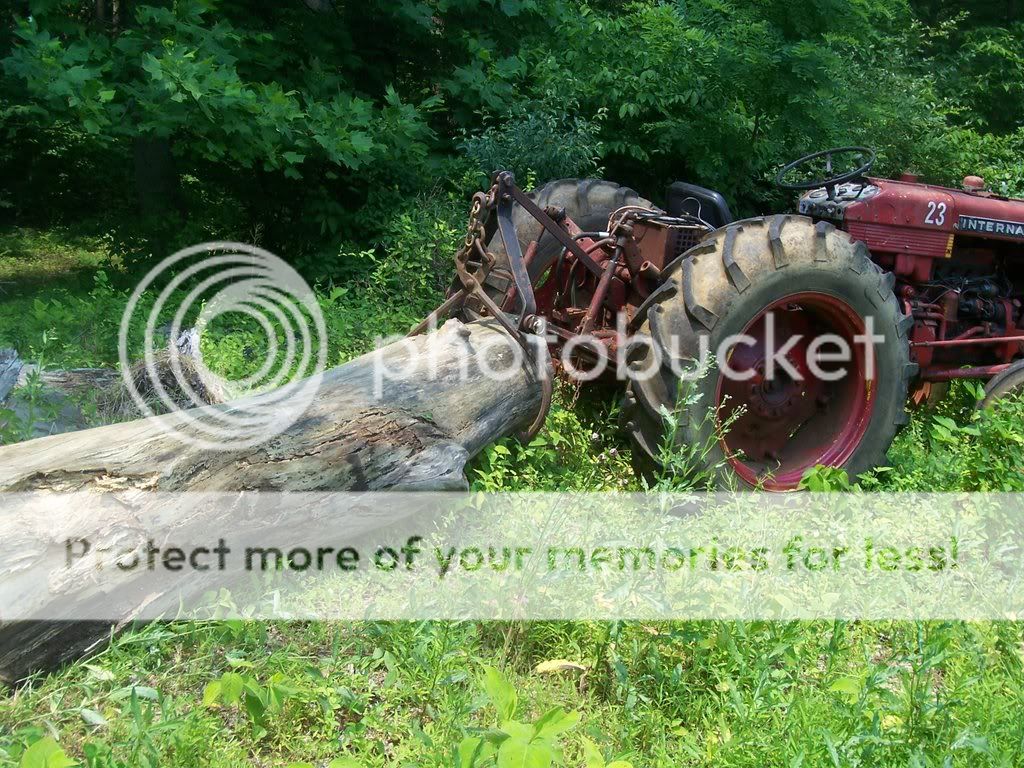tom888fish
Member
On my 8N, the previous owner used the horizontal DB w/ a 2" ball to haul a 4x8 trailer for hauling wood out of the woods. If I want to skid logs in addition to, or instead of, am I OK hooking to a clevis pinned through the horizontal? Or should I set up with a swinging draw bar? My only concern is I don't understand the strength differences between the two setups. In general, the swinging looks better for a trailer, though I'd have to buy the SDB and limiter. It looked like the local TSC had at least the SDB. Not sure if they have the pin that comes up from the underside, which seems like its an 8N specialty part? The clevis is mounted to the tractor (under PTO). Thoughts?


